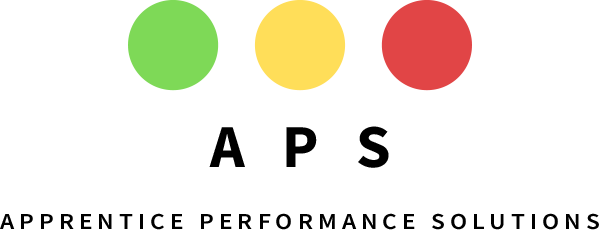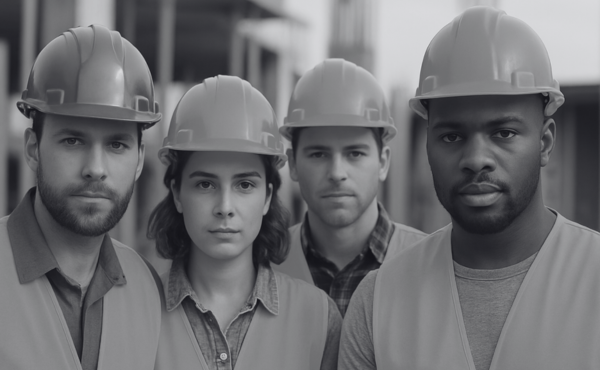How Apprenticeship Programs Can Build a Skilled and Diverse Workforce
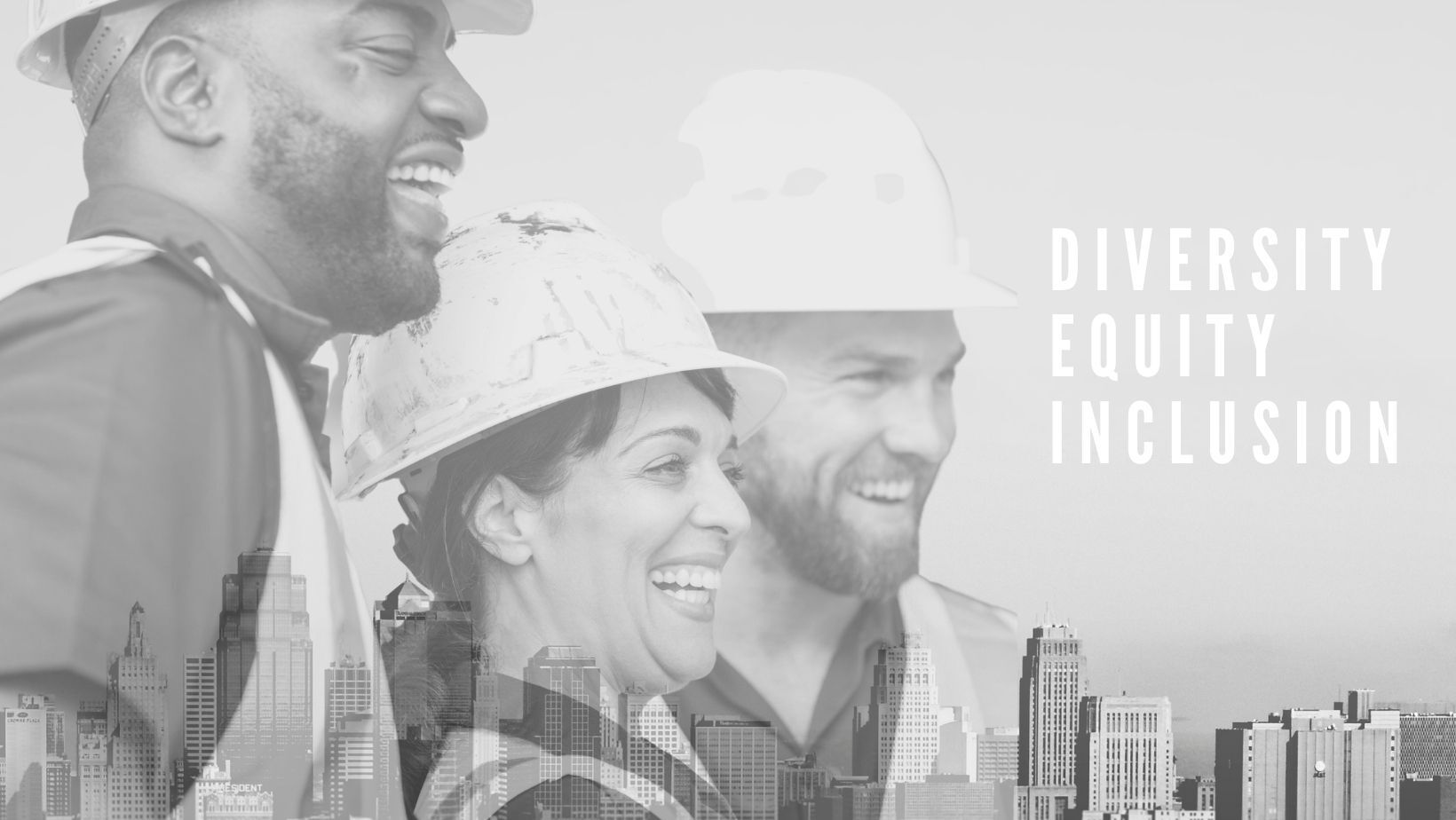
In today’s tightening labor market, construction companies are relying on apprenticeship programs not only to build a highly skilled workforce but also to provide equal access to all Americans including women, people of color, and others who have encountered barriers in entering training programs. So, let’s talk about how apprenticeships can get there.
Making the workplace fair to everyone revolves around three related ideas:
- Diversity focuses on working to ensure that the mix of people you see inside the organization is similar to those you would find in public, on the outside. Specifically, diversity focuses on race, ethnicity, gender, sexual orientation, and more.
- Equity makes sure that everyone has the same opportunity to succeed and get ahead. That means that factors such as race, color, national origin, age, gender, sexual orientation, and so on don't play any role in whether people are hired or promoted.
- Inclusion is about giving everyone an equal opportunity to contribute. The idea is that different ideas and perspectives lead to better solutions overall and should be encouraged. If everybody feels like they can speak up, be heard, and have their opinion be valued and considered, then you’re sending a message that everyone there is important.
The Importance of Diversity, Equity, and Inclusion in Apprenticeship Programs
- Talent is getting harder to find. Starting in 2011, the Baby Boom generation began to retire in force. Until 2030, around 10,000 Baby Boomers will turn 65 every day. That's a major drain on the workforce that will need to be replaced with the best talent available. Add on a historically low unemployment rate and the advantage goes to those who can successfully find, develop, and keep talent.
- Applicants want DEI. A survey by Glassdoor reports that three quarters of respondents said that they considered a diverse workforce as an important factor when evaluating companies and job offers. About 1 in 3 employees and job seekers (32%) wouldn't even apply to a job where they perceive a lack of diversity in the workforce.
- DEI makes business sense. Research into companies that are more diverse versus less diverse reveals that diversity leads to profitability. McKinsey, for example, found that the top 25% most racially and ethnically diverse companies were more likely to financially outperform their national industry medians. A larger study of 1,700 companies by Boston Consulting Group found that those that were more diverse (especially at the top) had higher profit margins and were more successful at innovating.
The Problem
Apprenticeship programs in North America have long been challenged in building diversity. The majority of apprentices being white, and male does not reflect the demographic makeup of the U.S. workforce.
The good news is that construction isn’t the only industry facing this issue. Read on to learn about how professional sports are dealing with the same problems.
I'm a fan of the Montréal Canadiens, the most successful franchise in all of professional sports. So, when Geoff Molson, owner and president of the team, announces an overhaul to how he's going to staff the organization, I'm interested.
The team is a mess. Bad decision making by management has weakened the team on the ice and embarrassed it off the ice. They're dead last in the standings this season, a shocking fall after playing in the finals for the Stanley Cup (the NHL's championship trophy) less than a year ago.
Mr. Molson's solution to turning things around? It starts with bringing more diversity into the organization. He believes that different voices and different backgrounds in the front office will lead to better decisions.
While that might be a straightforward conclusion, it’s going to be hard to make it happen in terms of recruiting and hiring. The pool of potential candidates goes from a well-known and well-defined group (former hockey players) to theoretically anyone who has the knowledge and skills to make the team better. Where do you recruit for that? And how do you hire for a job when people could be coming from radically different backgrounds?
The Solution
If I were guiding Mr. Molson and employers of apprenticeship programs, here are some starting points I would suggest:
- Don't make diverse applicants quit before they even apply. It's common to see inflated job postings that describe ideal candidates. That's a problem because a long list of lofty qualifications makes it more likely that people won't apply. Why? Because they feel they don't match up. For example, women may feel that they need to meet 100% of the listed qualifications to apply for a job, according to a commonly cited internal Hewlett Packard report. (The contrasting threshold for men is to meet 60% of qualifications.) And minimum GPA requirements may limit applications from some groups. Avoid discouraging potential applicants by narrowing job requirements down to the most critical minimum qualifications for a new hire to be ready to go on day 1.
- Play the long game. Build relationships with local and national organizations such as local community-based organizations, high-schools, universities, government agencies, and non-profit organizations that are centers for diverse applicants. Build trust, send a consistent message of inclusiveness, and provide support. Ultimately, you’ll get to be a trusted partner and will move beyond taking part in scheduled hiring events to become a top-of-mind target for ongoing referrals.
- Use a systematic selection process and make the most of scientific assessments. In the end, you want to select the best person for the job and remove unconscious bias from the process. Make it a lot easier by:
- Having the same information and data for all candidates.
- Making sure that the data you have are as objective as possible; and
- Getting scientifically designed evaluations on job skills, decision making, and other personal qualities related to success in a job. This is where assessments come in.
Assessments such as aptitude tests can really level the playing field, especially for people who may have less experience or not fit a common mold but otherwise have the makings for great success. With a little help from a qualified practitioner to design and set up the assessment process, you’ll greatly increase your efficiency in hiring across candidates who would otherwise be hard to evaluate and compare.
Conclusion
Building a highly skilled and diverse workforce is a big challenge that starts with changing the way recruitment and selection has typically been done. Improved outreach and marketing efforts to underrepresented populations is a big piece of the solution. The other piece is to use a science-based selection process that focuses both on fairness and on identifying better talent.
At Apprentice Performance Solutions, we collaborate with apprenticeship programs in implementing our proprietary Success Profile System to evaluate apprentice candidates. Clients using our validated assessment along with our other tools report improvements to diversity, incoming class quality, and the rate of apprentices quitting or being expelled.
Building workforce diversity is an important goal that’s challenging many industries. Using the right approaches and tools for recruitment and selection can make that effort much easier and more successful.
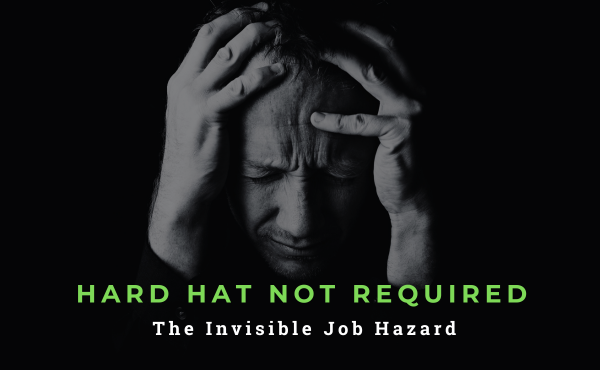






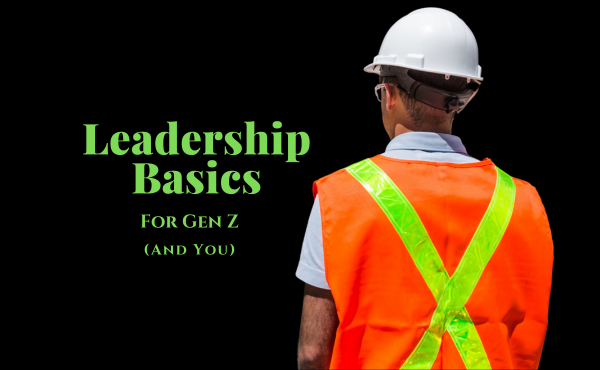
Accurate Screening of Apprentices in Four Steps
A Realistic Job Preview
Start with a brief online video that explains a career in union construction. The video is helping people have the right understanding of :
- What it means to have a career in construction
- What to expect – an honest look at the good and the bad
- What the union expects of t
- What to expect – an honest look at the good and the bad
- What the union expects of them
Candidates Completes APS Success Profile
A 60-min online based test. The assessment evaluates candidates’ aptitude, personality, and cognitive capabilities related to a career in construction.
Your Program Receives Assessment Results Online
Assessment results are returned with easy-to-use “traffic light” indicators (green, yellow, and red) to group applicants by assessment score and mechanical reasoning capability.
Interviews are Held with Behavior Based Questions
Interview is based on a technique that research has shown to be 4x more effective at predicting success than traditional interviews.
